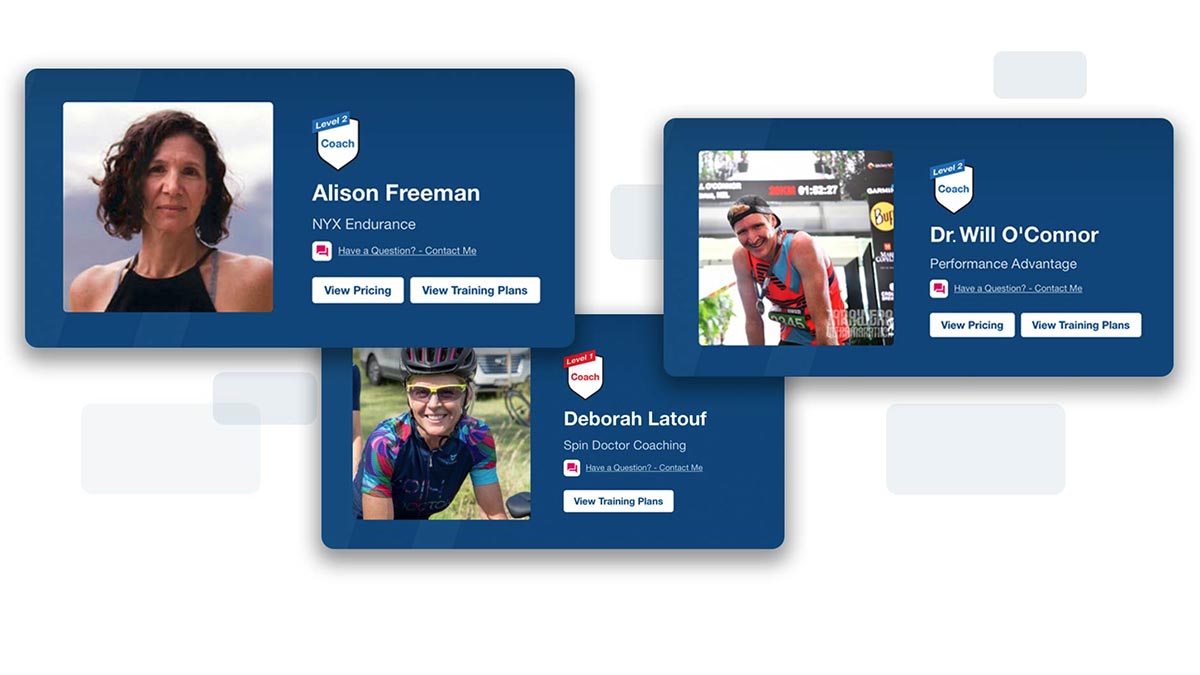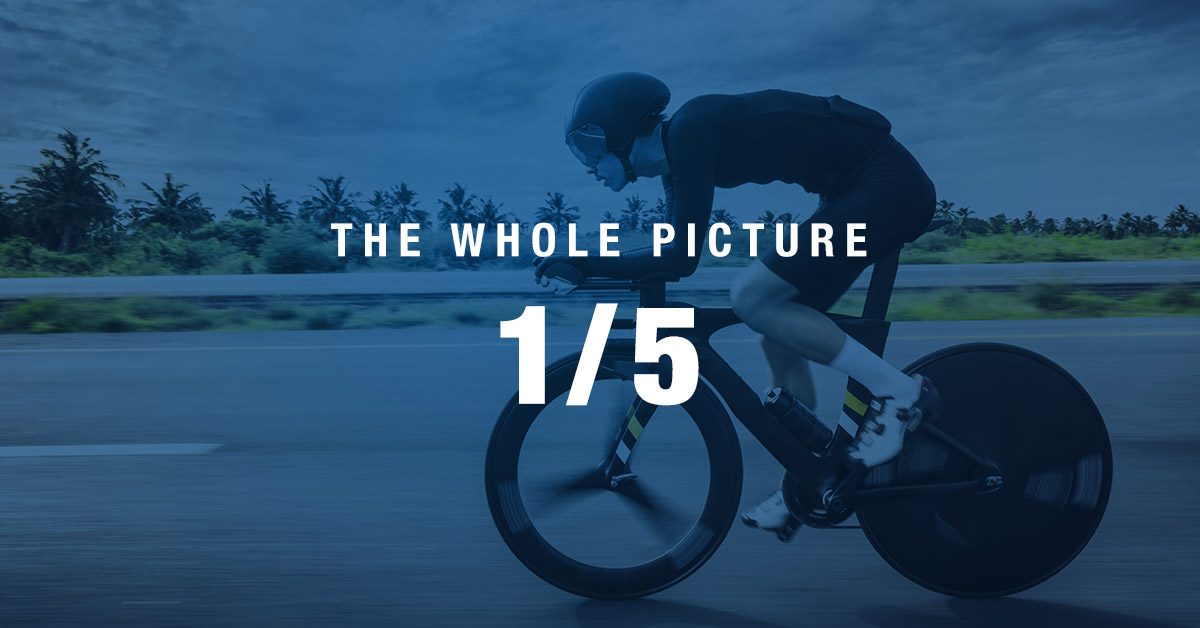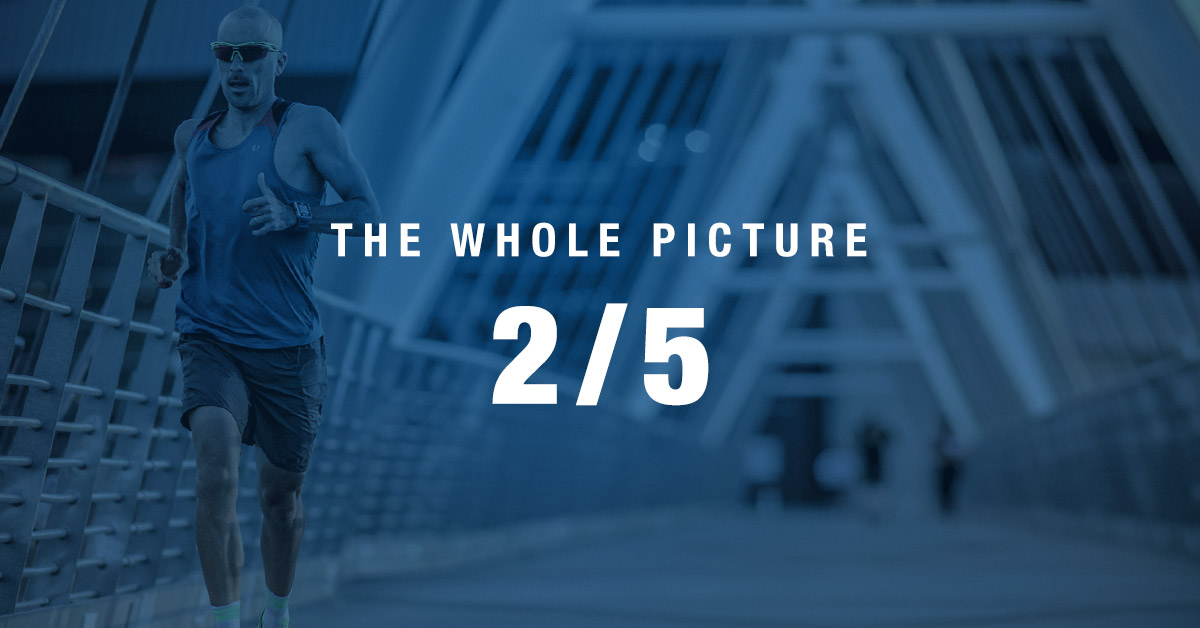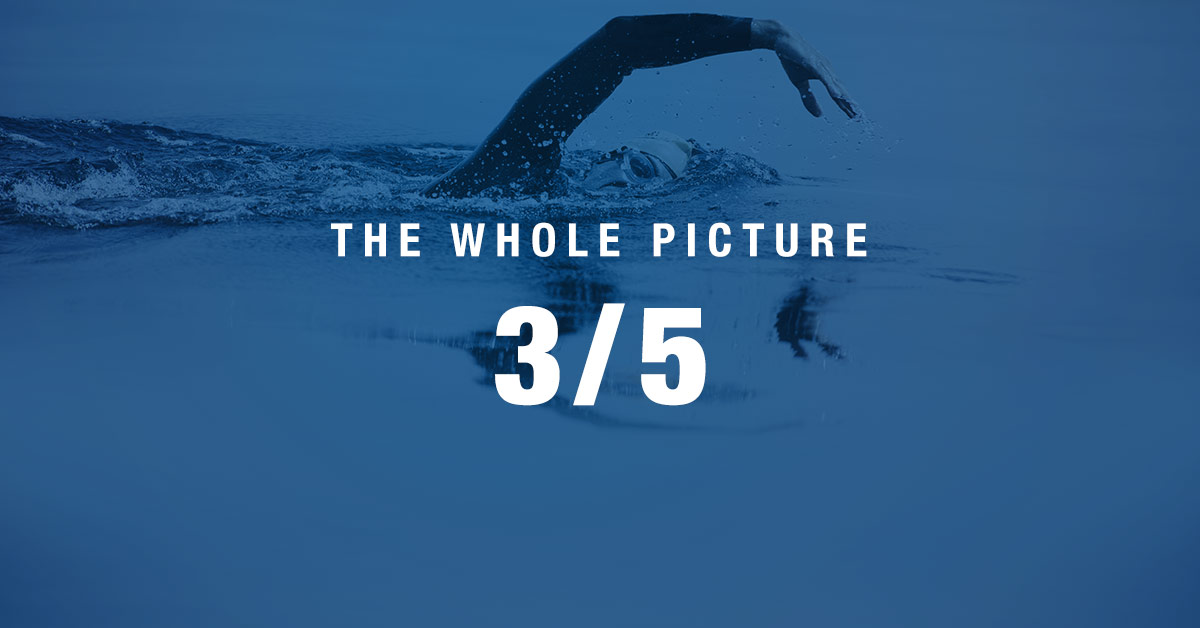The aim of this series was to go beyond the idea that the only significant stress an athlete’s body experiences is from training and that the same training stress will produce the same result each time. Although, on reflection, these ideas appear to be an oversimplification, nonetheless, they have been the basis of popular periodized training programs for many years.
The reality is that lifestyle stresses from poor sleep, inadequate nutrition, and emotional and mental stress add to the load from training to create what’s called total load. In talking to a number of endurance coaches working with age group and recreational athletes, they will happily confess that a large amount of their time spent with individual clients is dedicated to helping the athlete better understand themselves and their particular total load picture in order to overcome barriers to better performance.
International Olympic Committee Review and Recommendations
In response to growing injury and illness rates in competitive athletes, in 2016, the International Olympic Committee convened an expert group and published recommendations on assessing and managing total load. They concluded that measuring both internal and external load is important:
- External load is the stress that you apply—e.g., an hour at your threshold, which gives a TSS of 100.
- Internal load is the stress that results in the body from applying that load.
The relationship between internal and external load is not constant for an individual but depends on a number of environmental factors such as psychological stress, travel, nutrition, and illness. To measure internal load, we need a way to see into the body’s internal systems, and heart rate variability (HRV) turns out to be a good way to do this.
The Whole Picture: An Introduction to Total Load
At ithlete, what we saw in the early years of producing an HRV app was that users would not find a perfect relation between changes in the external load (e.g., the previous day’s TSS) and dips in their HRV.
- This is a good thing as HRV turns out to be a holistic and comprehensive measure of both internal load and resilience.
- The amount your HRV changes after an external load is applied depends on you individually at that point in time.
- The smaller the change in the HRV for a given external load means you are more resilient.
- Elite athletes are more resilient and can tolerate higher training loads without getting sick or injured, and have higher HRV that varies less from day to day:
Recreational and age group athletes can build this resilience as well.
- One of the best examples of building resilience would be long slow distance training. Having a good aerobic base increases your HRV, showing your resilience has improved.
- The greater your body’s adaptations to training, the most robust you become to future training.
READ MORE: The Whole Picture: An Introduction to Total Load
Components of Total Load
The Whole Picture: Physical Stress
When it comes to the physical component of total load, we need to measure both external and internal loads.
External load measures training objectively (i.e., how much, how long, how often):
- Power
- Speed/pace
- Distance
- Time/duration
- Frequency
Internal load measures the resulting stress response to that external load:
- Perceived effort/exertion (RPE)
- Fatigue, soreness, mood changes
- Cortisol and CRP production
- Resting heart rate, and heart rate variability (HRV)
TSS is sometimes thought of as an external measure but is really an internal measure because it’s calibrated relative to the capability of your body to absorb stress at a particular point in time. TSB and the related “acute:chronic” load ratio are also internal load measures.
External load (i.e., ‘what did the athlete do’) produces a response, internal load, that is not fixed but depends on the condition of the athlete at that particular point in time. In all but elite athletes, physical stress from training is not the number one contributor to total load.
READ MORE: The Whole Picture: Physical Stress
The Whole Picture: Mental Stress
For many people with busy lives, mental and emotional stresses are likely a key component of total load. This can wreck the effects of your training if not well managed. A 2012 study on 44 healthy adults looked at the relationship between baseline psychological stress, from 1 (low psychological resources and a lot of stressors in life) to 10 (high psychological resources and no stressors in life), and response to a short two-week intensive training program:
They found that those with high levels of stress produced almost no increase in maximum cycling power over the two weeks, compared to up to 19 percent power increases for those experiencing the lowest levels of life stress.
It’s important to realize the stress we experience is the difference between the expectations on us and our own perception of our ability to cope with those stresses:
“Stress experienced = Demands placed – perceived ability to cope”
We can also reduce the stress we experience by using techniques such as positive reframing, mindfulness, and slow deep breathing to increase our ability to cope with sources of stress. Paced breathing apps such as BreatheSync can be used for a few minutes every morning and during the day as needed. Meditation apps are great for maintaining a near-constant level of calmness despite life’s inevitable ups and downs!
READ MORE: The Whole Picture: Mental Stress
The Whole Picture: Nutrition
Three common mechanisms that create nutritional stress in athletes are:
- Dehydration
- Alcohol
- Inflammation
Anyone who has exercised for more than a couple of hours in a warm environment may have noticed that their heart rate has gone up, despite remaining at the same pace or power. This is what Joe Friel calls ‘heart rate decoupling’, and one of the reasons for it is reduced stroke volume of the heart brought on by dehydration. Any upward trend in heart rate while maintaining the same load on the body indicates a shift from parasympathetic to sympathetic dominance and an acute increase in stress.
The overall recommendation is to consume approximately 150 percent of the fluid lost during exercise to ensure a fully hydrated state and to use electrolyte supplements for extended workouts or those in a hot environment to minimize the dehydration contribution to total load.
As a diuretic, alcohol not only makes you urinate more frequently, but it directly impairs refueling, muscle rebuilding, and sleep quality, reducing recovery and increasing the chances of poorer mental and physical performance the next day.
However, we are not all saints and most of us like a drink or two from time to time. There are several tips that can help minimize the impact of alcohol on your recovery:
- Try to leave as much time as possible between finishing training and having an alcoholic drink.
- Contrary to popular opinion, beer and wine don’t contain useful quantities of carbs for athletes, so aim to fit in a recovery drink with carbs in between training and consuming alcohol.
- Drink water or soft drinks to reduce the effective alcohol concentration to three percent. That means alternating pints of beer with pints of water or drinking three glasses of water for each glass of wine.
- Eat salty snacks. Studies have found a reduced impact of alcohol when taken together with salt, as the salt helps you retain water.
- Pre-event abstinence. You’ve spent weeks and months preparing to give your best at a competition, so don’t jeopardize your performance by drinking in the three to four days leading up to it.
Inflammation is a stress response, the body’s mechanism for managing repair, and therefore in principle, a good thing. However, a lot of the time, the body is struggling with low-grade chronic inflammation that adds to the total load. Inflammation is driven by the sympathetic nervous system but is also regulated by the parasympathetic nervous system that we measure with HRV.
Foods that reduce inflammation include fruits (especially berries) and green vegetables, olive oil, ginger, garlic, turmeric, organic meat and fish, and green tea. Studies have also shown the Mediterranean diet to be associated with higher levels of HRV and overall health.
READ MORE: The Whole Picture: Nutrition
The Whole Picture: Recovery Through Sleep
Sleep is the number one enabler of recovery and probably the most often neglected one. Many people even consider surviving on little sleep to be a badge of honor, that somehow you are getting more out of life by being awake for more hours every day, even if much of that time is spent feeling tired or in a poor mood!
Good sleep has a whole number of 90-minute cycles per night—five for most people when averaged across the week. You can steal one or two cycles from a night so long as you pay them back, as this will then relieve the sleep pressure that has built up. For example, 20- to 30-minute naps in the early or late afternoon also work well for some people and can help maintain effort levels in evening workouts.
READ MORE: The Whole Picture: Recovery Through Sleep
Conclusion
As well as considering the components of total load separately, lifestyle factors are not independent, and there tends to be quite a tight relationship between stress management, nutrition, and our ability to sleep effectively.
Feeling stressed before bedtime reduces sleep latency and quality. When we have poor sleep, we tend to make bad food choices. Our body doesn’t know what stress it’s under, it just knows when under stress that, it needs more glucose and glycogen to perform fight-or-flight reactions.
Sickness, infection, and inflammation are all total load components that HRV is good at measuring.
At ithlete, we take total load seriously, and by linking ithlete Pro to TrainingPeaks Premium, athletes and their coaches are able to measure:
- Daily HRV, resting HR, and trends
- Daily training loads
- Training load trends and the “acute:chronic” training load ratio
- The three key recovery enablers of sleep quality, nutrition and stress management
- Record flags to show illness, injury, competition, and travel on particular days
An automated intelligence-powered avatar in ithlete Pro called Simon Says summarizes all this data in a few easy-to-digest sentences from the mobile app, making it easy to associate internal loads measured with HRV and external loads recorded with wellness sliders and imported automatically from TrainingPeaks.
References:
Periodization Theory: Confronting an Inconvenient Truth, Kiely, J. Sports Med (2017)
Self-rated mental stress and exercise training response in healthy subjects., Front. Physio.
Sleep in Elite athletes (review). Shona L. Halson Sports Med (2014)






